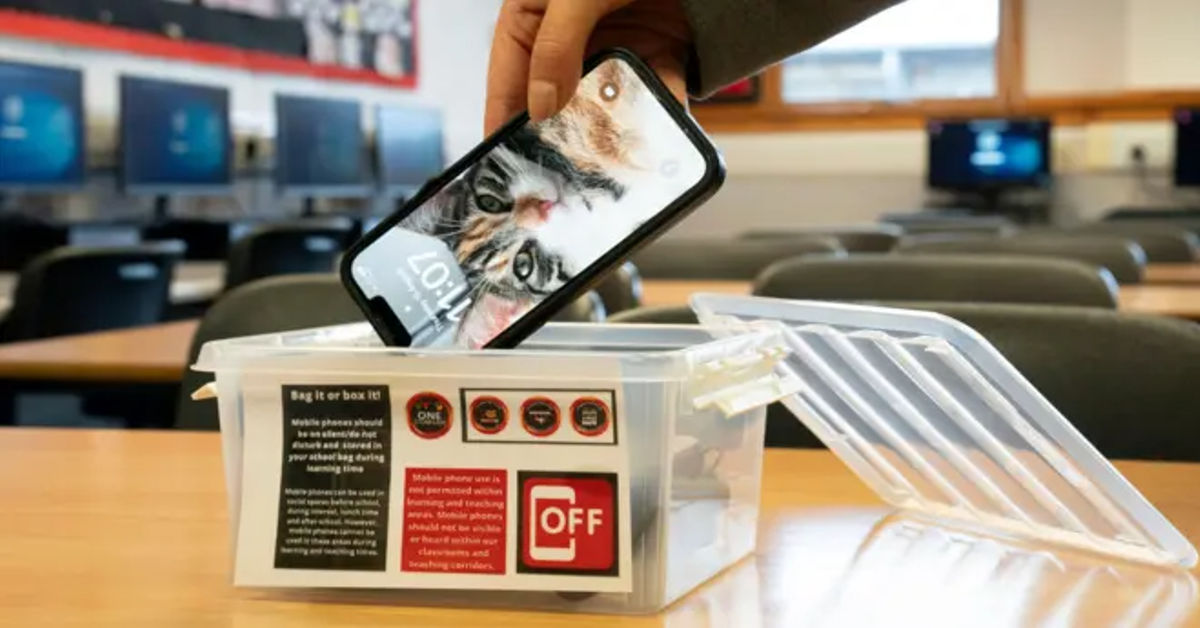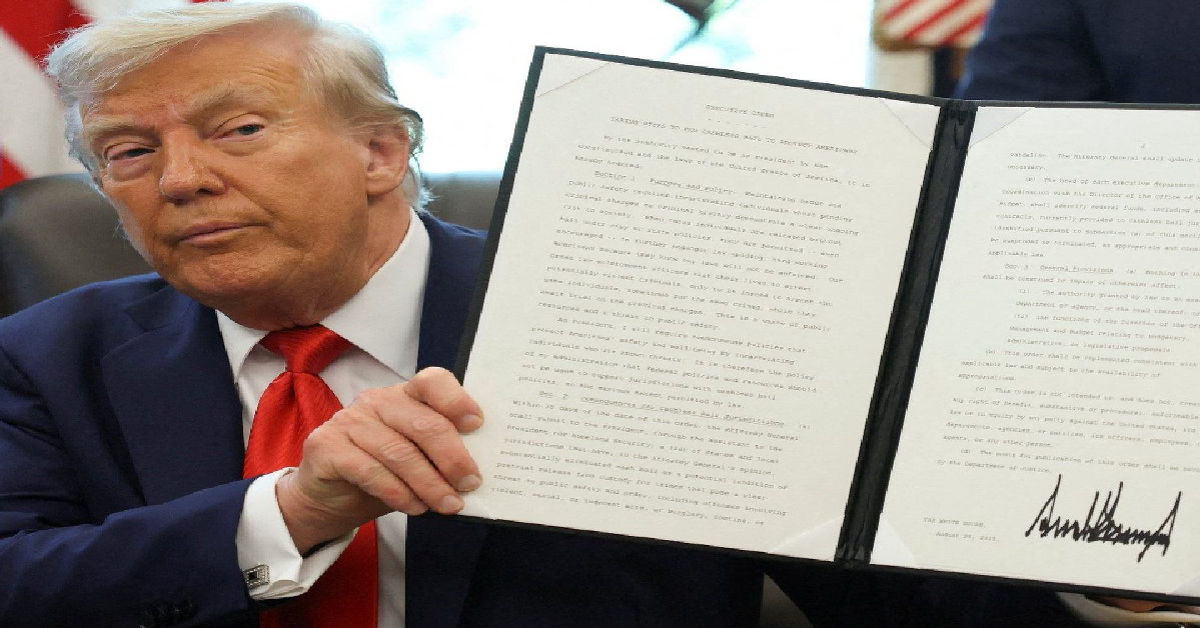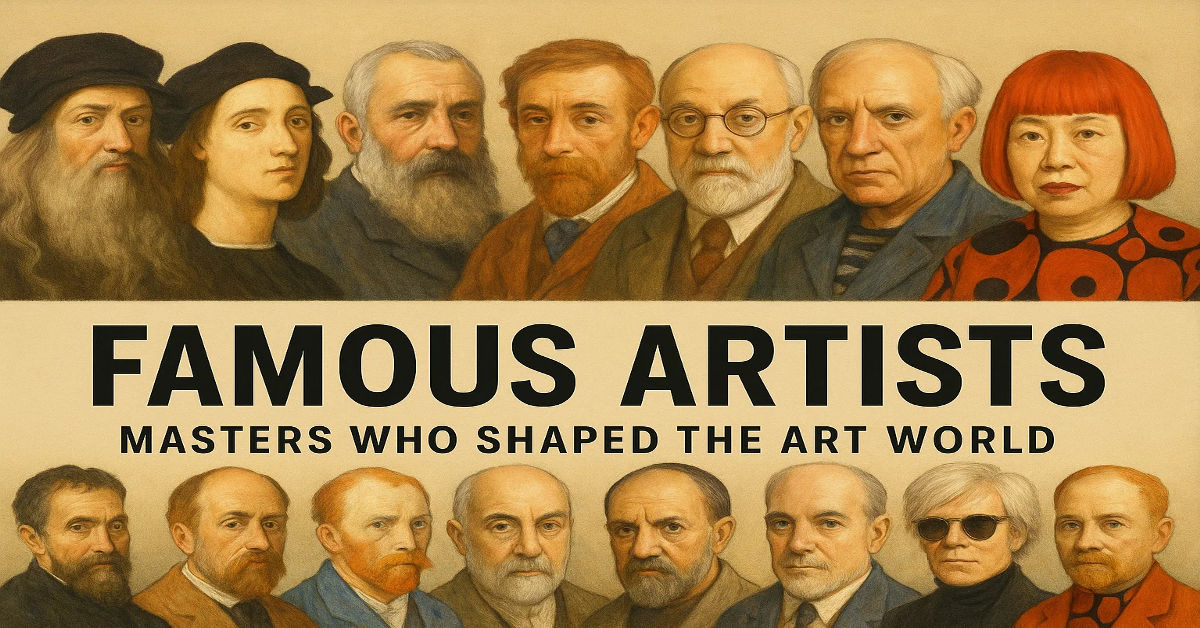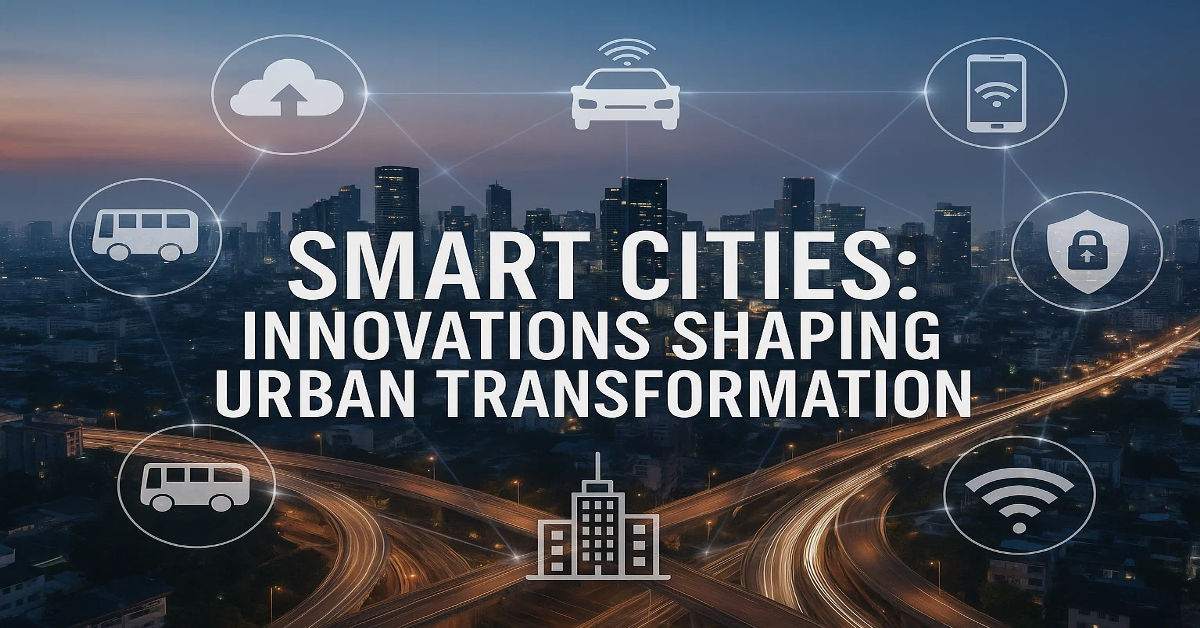
Introduction
Imagine a world where classrooms have no borders and students from New York, Nairobi, and New Delhi learn together seamlessly in real time—this is the transformative power of global teaching labs. Despite the growing promise of digital education, many learners and educators still struggle with limited access to quality resources, a lack of collaboration, and cultural or geographic barriers, which traditional education models often fail to overcome. Fortunately, global teaching provides a powerful solution by integrating innovative education technology labs, interactive online teaching labs, and dynamic remote learning labs that foster international collaboration, support cross-cultural teaching, and create inclusive, accessible learning environments. This article will explore how these labs are revolutionizing global education, advancing teacher training, and empowering students worldwide to succeed in today’s interconnected world.
1. Understanding Global Teaching Labs: Definition and Scope
What Are Global Teaching Labs?
At its core, a global teaching lab is a virtual/online space designed to support interactive and innovative learning across borders. These labs serve as education hubs where educators and students collaborate using digital classrooms and education technology. They embody key attributes such as being scalable, accessible, interactive, and multilingual, making them suitable for diverse learners worldwide.
Global teaching integrates tools from EdTech companies and platforms like Coursera or Khan Academy, offering teacher training, curriculum support, and resources for international education programs. Their goal is to democratize quality education by connecting distant classrooms and enabling teacher collaboration worldwide.
The Evolution of Teaching Labs in the Global Context
Teaching labs have evolved from physical spaces filled with equipment to virtual global teaching empowered by technology. The rise of education research labs and global e-learning labs marks a shift toward data-driven, student-centered learning environments.
Organizations like UNESCO and the World Education Forum emphasize the role of these labs in promoting global pedagogy and enhancing cross-cultural teaching practices. The integration of blended learning, distance education, and digital classrooms signals an inclusive and flexible future where global teaching caters to varied educational needs worldwide.
2. The Role of Technology in Global Teaching Labs
Education Technology Labs: Tools and Platforms
Technology forms the backbone of global teaching. From MOOCs (Massive Open Online Courses) to online teaching labs, the infrastructure is built on platforms that facilitate virtual labs for education. These tools offer immersive learning experiences powered by AI, VR, and interactive content, enhancing the effectiveness of teacher training and student engagement.
Education technology labs also provide data analytics, enabling a data-driven approach to track learner progress and adapt teaching methods accordingly. This ensures that global teaching labs remain innovative and continuously improve their offerings.
Data-Driven and Interactive Learning Environments
The success of global teaching depends heavily on interactivity and responsiveness. By leveraging real-time data and feedback, these labs create personalized experiences that cater to the unique needs of learners. Interactive simulations, collaborative projects, and peer-to-peer communication encourage deeper understanding and engagement.
The labs’ interactive and flexible nature allows for a rich multicultural exchange, where students from different backgrounds can participate in global classrooms, fostering empathy and global citizenship.
3. How Global Teaching Labs Enhance Collaborative Learning
Teacher Collaboration Worldwide
One of the most significant benefits of global teaching labs is enabling teachers from around the world to collaborate, share resources, and exchange pedagogical strategies. This global teacher training cultivates innovation and promotes teaching innovation through cross-border cooperation.
Teachers gain access to education research labs and participate in international teaching labs for collaboration, enhancing their skills and staying abreast of global education trends. This synergy improves instructional quality and ensures that students receive a well-rounded education.
Student Engagement Across Borders
Engaging students in remote or virtual settings is challenging, but global teaching experts excel at creating immersive and culturally relevant learning experiences. By incorporating cross-cultural global teaching for student engagement, educators can design activities that resonate with diverse learners.
Students benefit from interactive discussions, group projects, and exposure to global perspectives, preparing them for participation in the global workforce. These labs promote cultural exchange and critical thinking, essential skills in today’s interconnected world.
4. Impact on Higher Education and Research
Innovative Global Teaching Labs for Higher Education
Leading universities such as Harvard and Stanford are embracing global teaching labs to expand their reach and enhance learning outcomes. These labs provide scalable, flexible environments for delivering advanced courses and facilitating interdisciplinary research.
By integrating education research labs into global teaching, higher education institutions promote cutting-edge research and innovation in pedagogy. Students gain hands-on experience with global challenges, preparing them for leadership roles.
Advancing Education Research with Global Labs
Global teaching serves asa platform for collaborative research involving educators, researchers, and policymakers worldwide. These hubs support curriculum development, assessment innovations, and the exploration of new teaching methodologies.
Entities like the International Baccalaureate and global education forums utilize insights from these labs to shape future education standards and policies, reinforcing the labs’ authority and trustworthiness (E-A-T).
5. Addressing Challenges in Global Teaching Labs
Accessibility and Scalability Issues
Despite their promise, global teaching labs face challenges related to accessibility, especially in underserved regions. Issues like limited internet connectivity and lack of devices hamper participation in remote learning labs.
Efforts are underway to make these labs more inclusive by designing multilingual, low-bandwidth solutions and partnering with organizations such as UNESCO to expand their global reach.
Bridging the Digital Divide
Bridging the digital divide is crucial for the sustainability of global teaching labs. Initiatives focus on providing affordable technology, teacher training, and community support to ensure equitable access.
This commitment aligns with the labs’ collaborative and innovative spirit, ensuring that no learner is left behind in the global education revolution.
6. The Future of Global Teaching Labs: Trends and Innovations
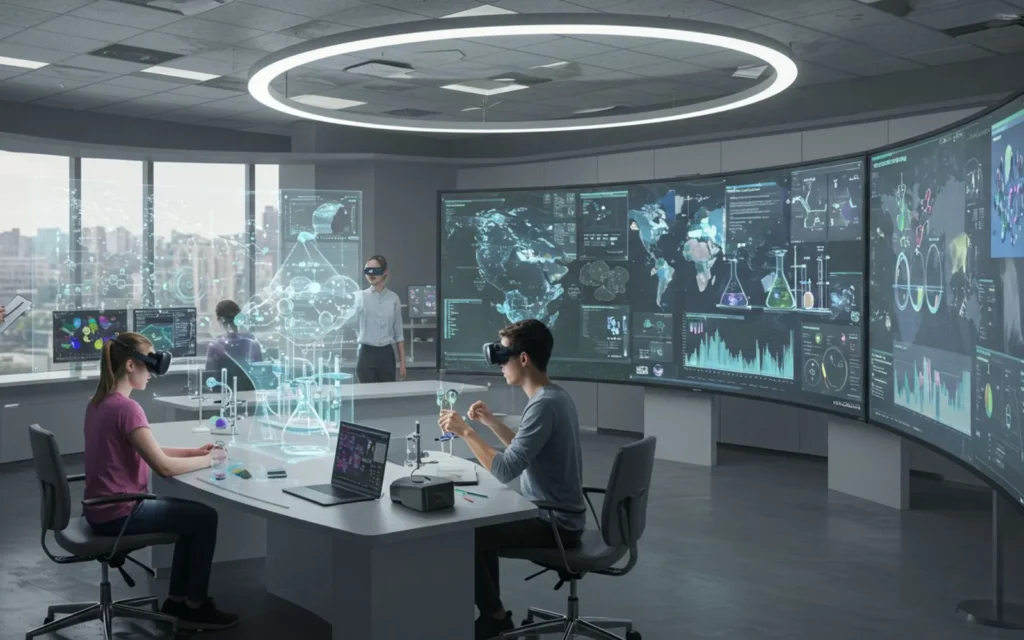
Emerging Technologies Shaping Global Teaching Labs
The future of global teaching is bright, powered by AI, augmented reality, and immersive simulations. These technologies will further personalize learning and expand global STEM teaching labs for schools, fostering creativity and problem-solving.
The labs will continue to evolve as digital global teaching for education research, integrating new tools that enhance both teaching and learning experiences.
The Rise of Blended and Distance Education
Blended learning models combining online and in-person instruction are becoming the norm. Global teaching will serve as an essential component in these models, providing flexible and adaptive learning spaces.
The labs will also support the growth of distance education, ensuring students worldwide can access high-quality education regardless of location.
7. Case Studies: Successful Global Teaching Labs in Action
International Teaching Labs for Collaboration
Several international programs showcase how global teaching labs facilitate meaningful collaboration between educators and students from diverse cultures. These initiatives improve teacher collaboration worldwide and contribute to global education goals.
Global STEM Teaching Labs for Schools
STEM education benefits immensely from global teaching that provides hands-on experiments and interactive learning. These labs prepare students to meet the demands of a global workforce and encourage innovation.
8. How to Establish and Scale Global Teaching Labs
Steps to Launch a Global Teaching Lab
Launching a successful global teaching lab involves planning infrastructure, securing partnerships, designing curricula, and training educators. Leveraging education technology labs and global learning centers is key.
Scaling and Sustaining Impact
Sustaining a global teaching lab requires continuous evaluation, community engagement, and adaptation. Metrics and data analytics help improve the labs’ effectiveness, while ongoing teacher training fosters growth.
FAQS
Q1. What exactly are global teaching labs?
Global teaching labs are virtual or physical environments designed to support international, collaborative, and tech-driven education across borders.
Q2. How do global teaching labs improve international teaching?
They enable teacher collaboration worldwide and provide access to innovative tools and pedagogy, enhancing the quality of education globally.
Q3. What technologies are used in global teaching labs?
Technologies include MOOCs, virtual labs, AI, VR, digital classrooms, and data analytics platforms that facilitate interactive learning.
Q4. Can global teaching labs help in remote learning?
Absolutely. They create accessible and flexible environments for remote learners, bridging geographic and cultural gaps.
Q5. How can schools implement global teaching labs effectively?
By investing in education technology, training teachers, forming global partnerships, and focusing on scalable, inclusive learning models.
For more information: “harbin new rich technology development co ltd”
Conclusion
Global teaching labs are revolutionizing the way education is delivered and experienced worldwide. By harnessing technology, fostering collaboration, and promoting inclusivity, these labs prepare learners and educators for the challenges of the 21st century. Their continued evolution will drive innovation in education, making learning accessible, interactive, and globally connected. Embracing global teaching is essential for building a future-ready, equitable education system.




















